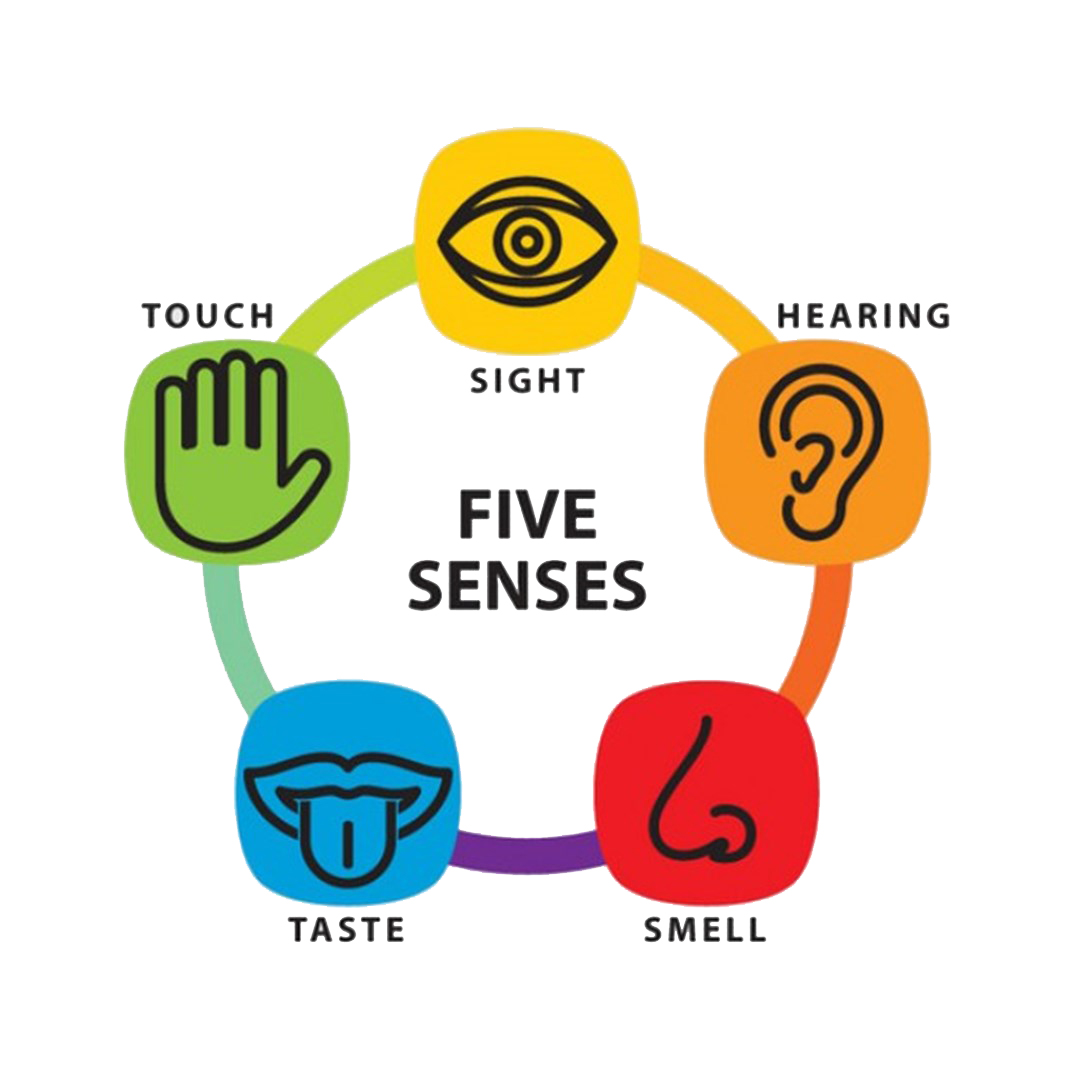
One of the most effective ways to immerse readers in these realms is by engaging their five senses: sight, sound, smell, taste, and touch. By incorporating sensory details, writers can create vivid, memorable scenes that resonate deeply with readers. When crafting pieces of imaginative writing for the Year 11 module ‘Reading to Write’ or the Year 12 module ‘The Craft of Writing’, this language is what markers are on the hunt for.
Sight is often the most utilised sense in writing but it is often not used enough by students. By describing the visual elements of a scene, the colours, shapes, and movements, it helps readers picture the setting and characters. For instance, instead of saying “the garden was beautiful,” a writer might describe “the vibrant hues of blooming roses, the delicate flutter of butterfly wings, and the golden sunlight filtering through the leaves.”
Sound adds another layer of depth. The rustling of leaves, the distant hum of traffic, or the melodic chirping of birds can bring a scene to life. Sounds can also convey emotions and set the tone. A sudden, loud bang can create tension, while soft, soothing music can evoke calmness.
Smell is a powerful, often underutilised sense in writing. Scents can trigger memories and emotions, making scenes more relatable. The aroma of freshly baked bread, the pungent scent of rain-soaked earth, or the faint whiff of perfume can transport readers to a specific time and place.
Taste can be challenging to incorporate but is incredibly effective when done well. Describing the tangy sweetness of a ripe apple, the bitterness of strong coffee, or the spicy heat of a curry can make readers’ mouths water and enhance their connection to the story.
Touch involves the physical sensations characters experience. The rough texture of a wooden table, the warmth of a cozy blanket, or the chill of a winter breeze can make scenes more tangible and immersive.
Incorporating the five senses in imaginative writing not only enriches the narrative but also creates a multi-dimensional experience for markers. It transforms simple descriptions into vivid, sensory-rich scenes that linger in the mind long after the story is over.
Sophie Marchant

